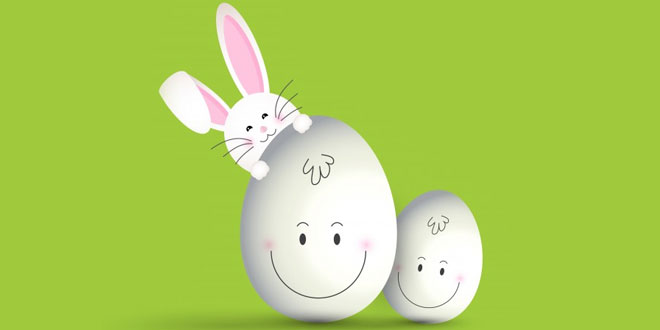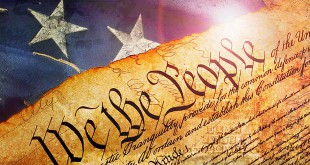What are Easter Facts? Like most of the spring festivals, Easter embodies festive celebrations and feasting. Among the slew of spring festivals, Easter stands out for its unique pagan symbols and rituals.
What are Easter Facts? Here are some interesting Facts on Easter Festival:
- The Easter Lilly symbolizes the resurrection of Jesus because the shell represents the tomb of Jesus and the flower that blooms represents life after death.
- The maiden chocolate eggs recipes were made in Europe in the nineteenth century.
- Vegreville, Canada is the site of the largest Easter egg in the world. The Easter egg or Ukrainian ‘Pysanka,’ was constructed in 1975 to commemorate early Ukrainian settlements in an area east of Edmonton. It weighed 5,000 pounds, and was 25.7 feet long.
- Pysanka is a specific term used for the practice of Easter egg painting.
17 Interesting Things You Never Knew: Easter Facts
Today, Easter is all about egg hunts and chocolate bunnies. But as you stock up on candy and plastic eggs, you might wonder where these traditions originated. Here are just a few interesting facts behind Easter’s most common symbols and customs.
- Eggs are dyed to represent the blood of Jesus Christ. In Orthodox and Eastern Catholic Churches, eggs are dyed red to represent the blood of Jesus, before being blessed and distributed to congregants. Now they’re mostly just a fun way to celebrate the springtime season, especially with creative decorating ideas.
- Most adults prefer milk chocolate to dark. Adults are actually twice as likely to prefer the milky stuff, so keep that in mind if you’re buying a sweet Easter surprise. Or try making a homemade treat instead. Also,
- Good Friday is only honored in some states. While Good Friday is a major holiday for all Catholics, only 12 out of the 50 states consider the Friday before Easter an actual federal holiday. Most of the country will go to work on Good Friday.
- Giving eggs is a symbol of “rebirth” in many cultures. The egg symbolizes new life, fertility, and rebirth in many places around the world. Thanks to the rounded shape, it’s also been used as a symbol of the earth and our connection with nature.
- Americans will consume more than 16 million jelly beans. That’s enough jelly beans to circle the globe not once, not twice, but three times — or to fill a plastic egg the size of a nine-story building.
- Pretzels are linked to Easter too. Supposedly, it’s because the twists of the pretzel look like arms crossed in prayer. You can pay homage to the sweet treat and all it stands for by making these chocolate pretzel treats at home.
- The Easter Bunny didn’t always lay eggs. The fluffy bunny stems from the Anglo-Saxon festival of Eastre which featured a spring goddess who used the rabbit to represent fertility. It wasn’t until Germans settled in Pennsylvania in the 1700s that the tradition of the bunny that lays eggs came to the states.
- Buying a new outfit for Easter stems from a superstition. Back in the mid-1800s in New York, people believed that buying new clothes to wear on Easter would bring them good luck for the rest of the year. And, lucky for us, the custom continues today.
- World’s largest chocolate egg was made in Italy. The world’s largest chocolate Easter egg was made in Italy in April 2011. It measured 34 feet and 1.05 inches in length, and weighed approximately 15,873 pounds.
- Meanwhile Easter bonnets are a relatively new concept in the U.S. Back in 1933, composer Irving Berlin introduced the Easter Bonnet into American pop culture with his ballad “Easter Parade.” Today, it’s still one of the most popular songs for the holiday.
- Decorating eggs comes from a Ukrainian tradition. The ornate eggs were called pysankas, which were made by using wax and dyes. It wasn’t until Ukrainian immigrants came to the U.S. that the colorful custom caught on.
- During medieval times, a very different game was played with eggs. Can you even imagine throwing an egg in church? Well, that’s exactly what used to happen. The priest would throw a hard-boiled egg to one of the choir boys, he would continue to toss it to his peers, and whoever was holding the egg when the clock struck 12 was the winner and got to keep it.
- The first White House Easter Egg Roll was in 1878. Rutherford B. Hayes was the president at the time. But it was President Nixon who first included a bunny in the festivities with a member of his wife’s staff as the lucky person who got to wear the costume.
- Easter is the second biggest candy-consuming holiday. It comes in second only to Halloween, respectively. Americans spendt approximately $1.9 billion on Easter candy last year.
- It used to take more than a day to make a Peep. Approximately 27 hours, to be precise. That was back in 1953, when each candy was handmade with a pastry tube — but today they have machines that have dramatically (!) sped up the process to just six minutes.
- Americans eat more than 600 million Peeps during Easter. This makes Peeps the most popular non-chocolate Easter candy. The Bethlehem, Pennsylvania, factory makes an impressive 1 billion Peeps a year and 4 million a day.
- Most Americans bite off the ears of a chocolate bunny first. In fact, a whopping 76% say that’s where they take their first mouthful, followed by 5% who eat the feet first, and 4% who eat the tail first.
 Kids Portal For Parents India Kids Network
Kids Portal For Parents India Kids Network







